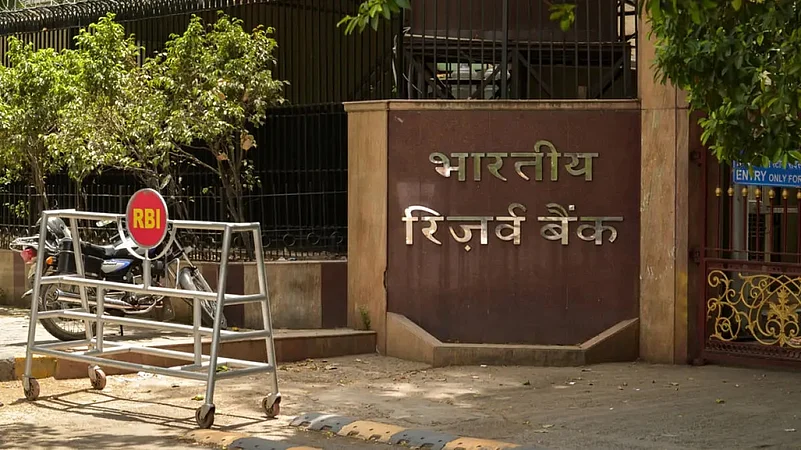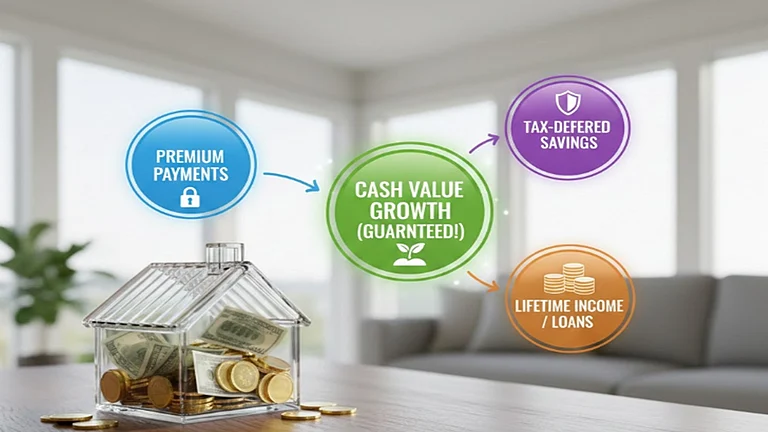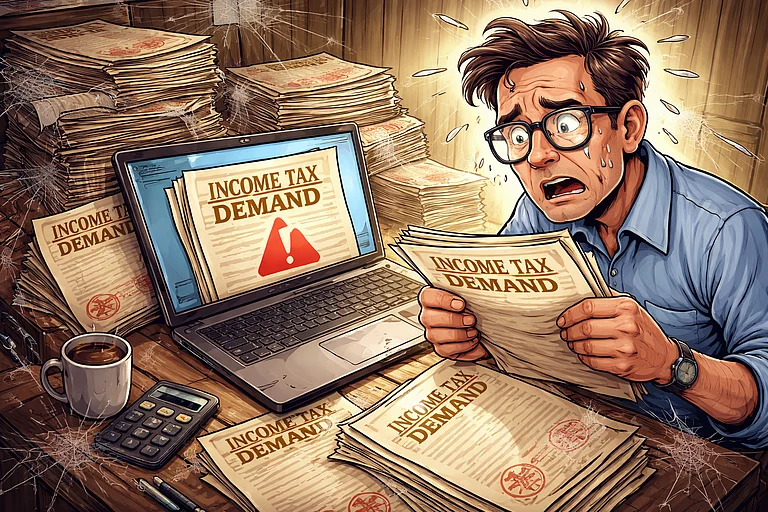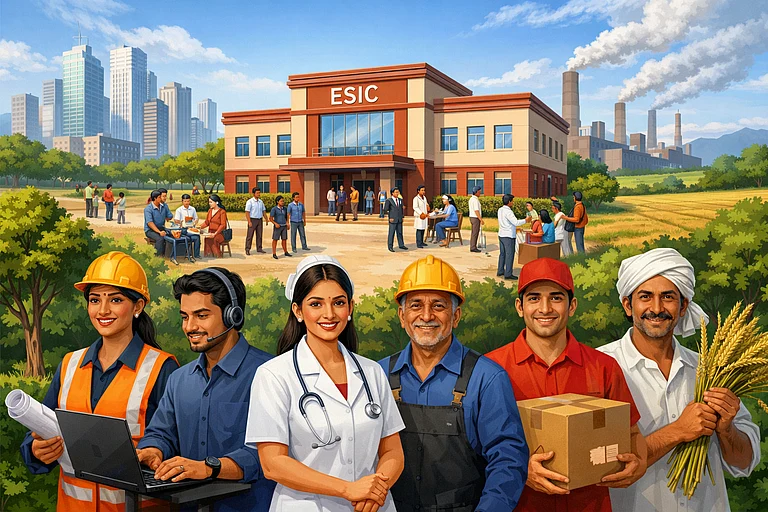The Russia-Ukraine war caused quite a lot of upswings in global commodity prices, disrupting several central banks’ monetary policies across the globe. Retail inflation in India for February 2022 has already crossed the Reserve Bank of India’s (RBI’s) comfort limit of 6.1 per cent. Wholesale inflation was 13.1 per cent for the same period.
"The RBI targets a retail inflation rate of 4 percent. The range within which RBI wants the inflation to be is 2 per cent below and above the target rate (4 per cent). Consequently, the "comfort zone" for the RBI for retail inflation is between 2 per cent and 6 per cent," said Sujan Hajra, Chief Economist and Executive Director, Anand Rathi Shares and Stock Brokers.
So, is the Indian economy under threat of stagflation?
What Is Stagflation?
Stagflation is an adverse economic situation in which inflation causes the prices of most goods and services to rise, while at the same time, economic growth slows down due to lower demand. This means that purchasing power decreases along with the economy’s growth rate. So, when an economy suffers from stagflation, it is usually characterised by slowing economic growth, higher levels of unemployment and rising prices of goods and services.
"Stagflation is the combination of high inflation and recession at the same time. In layman's terms, it’s a situation where you lose your job at a time when the cost of living sees a sharp spike, "says Mayank Joshipura, Associate Dean at the School of Business Management, Narsee Monjee Institute of Management Studies (NMIMS), Mumbai.
"One of the reasons for stagflation is the rise in oil prices. However, while oil prices have seen significant spikes recently due to the Russia-Ukraine war situation, and it may also result in a slowdown of both the Indian and global economies, it is unlikely that India will see stagflation. The large domestic market, consumer demand and the pandemic nearing an end will help keep up the growth. Once the war clouds clear, global oil and food prices should revert to normal, "he adds.
What Does the RBI Say About Stagflation?
RBI governor Shaktikanta Das recently said that the central bank does not see any risk of the Indian economy going into stagflation currently. However, the RBI will continue to support the economy by ensuring there is adequate liquidity in the system.
At a recent Confederation of Indian Industry (CII) meeting, according to a Business Standard report, Das said, "The RBI, for the past two years, has remained supportive of growth, and we have resisted all temptations and expectations of reversing our monetary policy and moving away from the accommodative stance because we could clearly see that inflation would moderate and it did moderate."
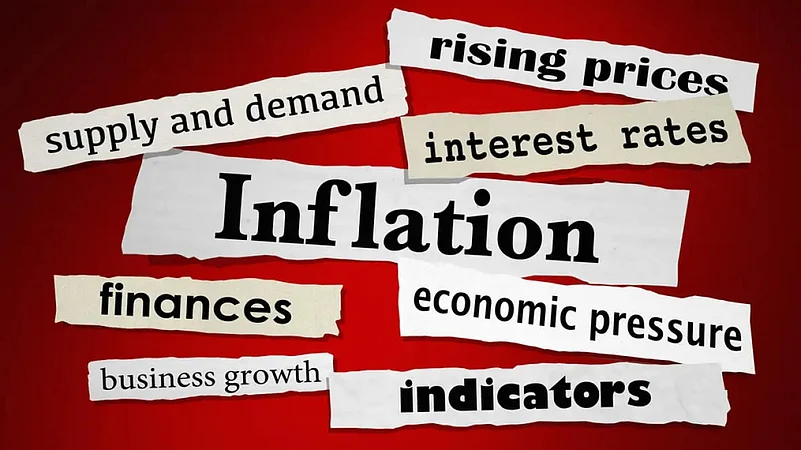
What is India’s economic situation?
What India is currently experiencing is known as "cost push inflation." This means that inflation is triggered by the rising cost of raw materials and commodities. As a direct result of this, the cost of finished goods production, transportation, storage, and every other economic activity increases, leading to inflation. This means that the demand for goods and services has stayed the same, but the price at which this demand can be met has increased.
"There are two types of inflation: cost push and demand pull. Cost push inflation is a situation where we witness a sharp rise in the cost of factors of production such as labour and materials, and that leads to a higher cost of production. Any effort to pass on such increased costs to customers results in "cost push inflation," which, beyond a point, might result in "demand destruction," says Joshipura.
The current Inflation rate of 6.1 per cent was for February 2022. This data alone is not sufficient for a broader economic trend analysis. So, the RBI has to wait for the quarterly inflation and other longer-term economic data for a detailed analysis. "It is neither possible nor desirable for the RBI to react to monthly inflation readings." That is why the RBI looks at the quarterly inflation rates. In that sense, inflation (being) slightly above the comfort zone for a particular month may not concern the RBI. However, if inflation consistently remains above the comfort zone, then it would become a matter of concern for them, "adds Hajra.

What Is The RBI Doing To Manage Inflation?
There is not much the RBI can do to stop the current inflationary situation since the reasons are mostly based on the ongoing geopolitical crisis and supply disruption. But the RBI has stated that it will continue to support the Indian Rupee and also provide enough liquidity in the financial system to support those who need access to money at cheaper interest rates.
Since 2020, the central bank has provided financial support to the tune of Rs 17 lakh crore, of which banks have availed Rs 12 lakh crore and returned Rs 5 lakh crore. According to various media sources, the RBI governor had said, "There will be abundant liquidity to meet the productive requirements of the economy."
On March 8, the RBI conducted a dollar-rupee swap auction for $5 billion. On March 29, it announced another round of dollar-rupee swap auctions for $5 billion. So, in essence, the two auctions are worth $10 billion, and they are expected to take Rs 75,000 crore out of the Indian economy. According to the RBI’s treasury executives, the move aims to manage excess liquidity in the domestic system.
If and when a stagflationary situation emerges, it becomes extremely difficult for the policy authorities to address the situation. Any efforts to boost growth can result in further flare in inflation. At the same time, efforts to control inflation can result in a further dampening of growth. Therefore, policy authorities need to focus on the factor resulting in stagflation and address that specific factor. For example, if inflation is high as a result of inadequate access to an essential consumption item (such as cereal) or a major input (such as fuel), the authorities should focus on augmenting these quickly, either through increased domestic production or imports, "adds Hajra.
Considering the present conditions, it can be said that India is not experiencing stagflation, but if the geo-political crisis escalates, the situation could change soon.
